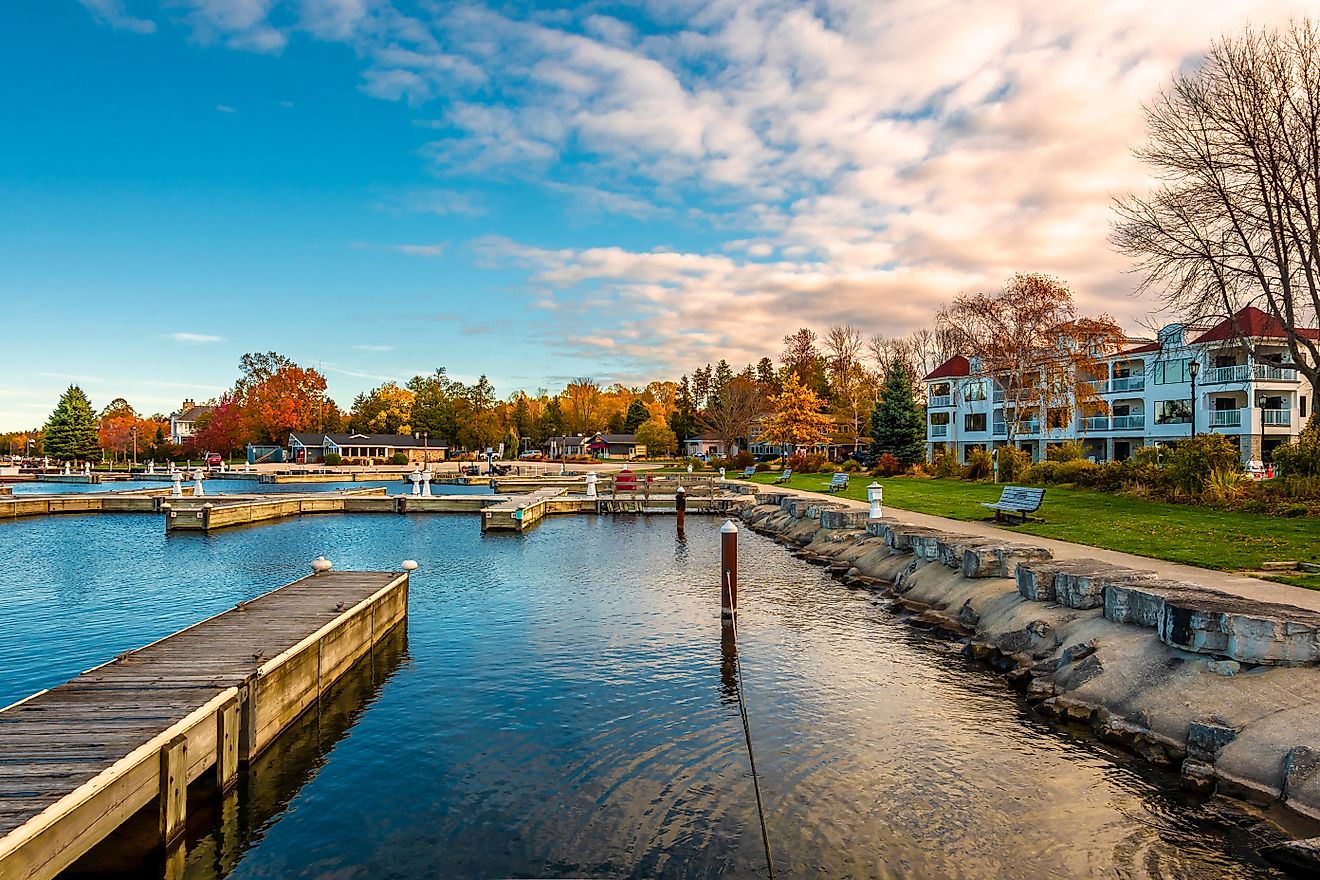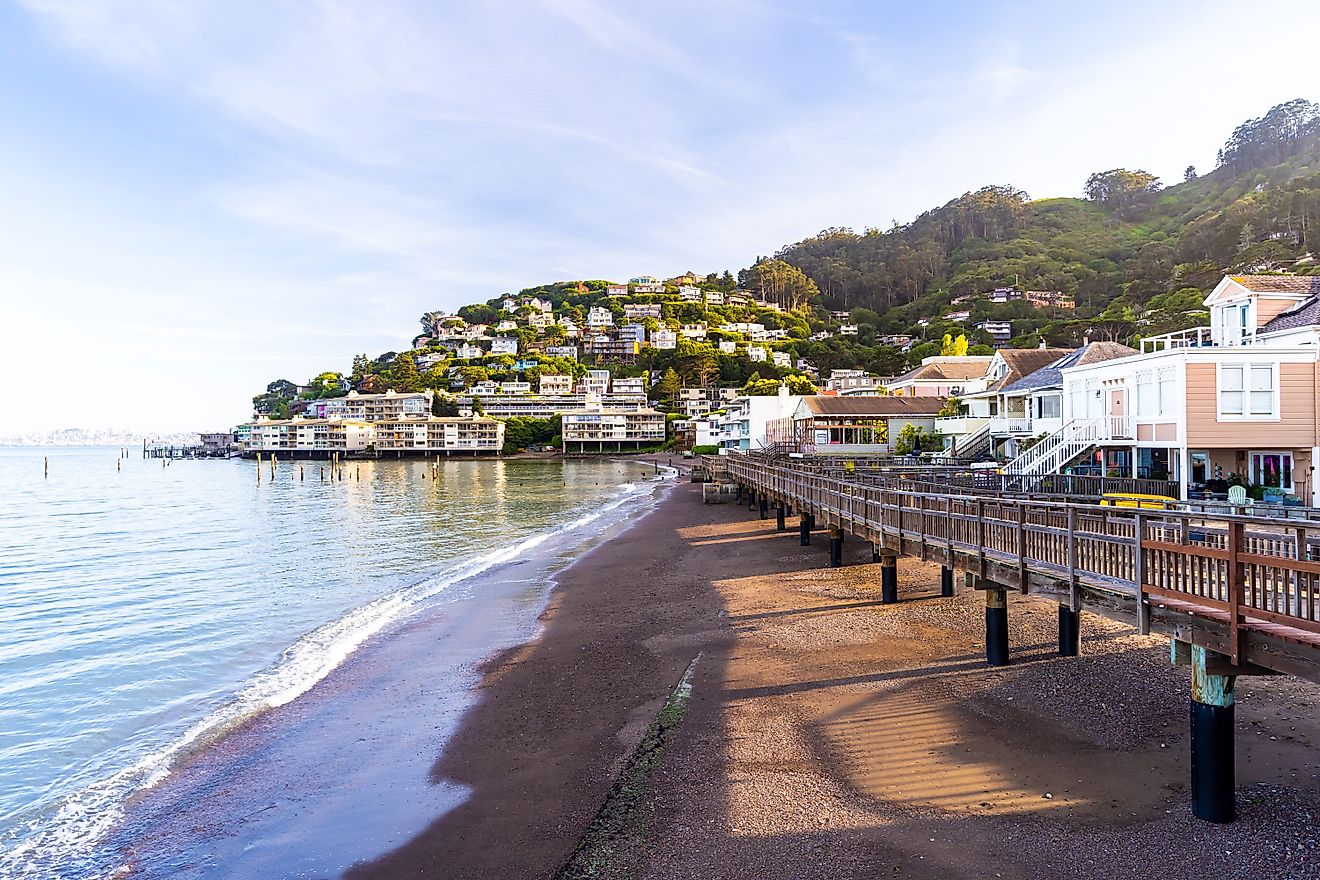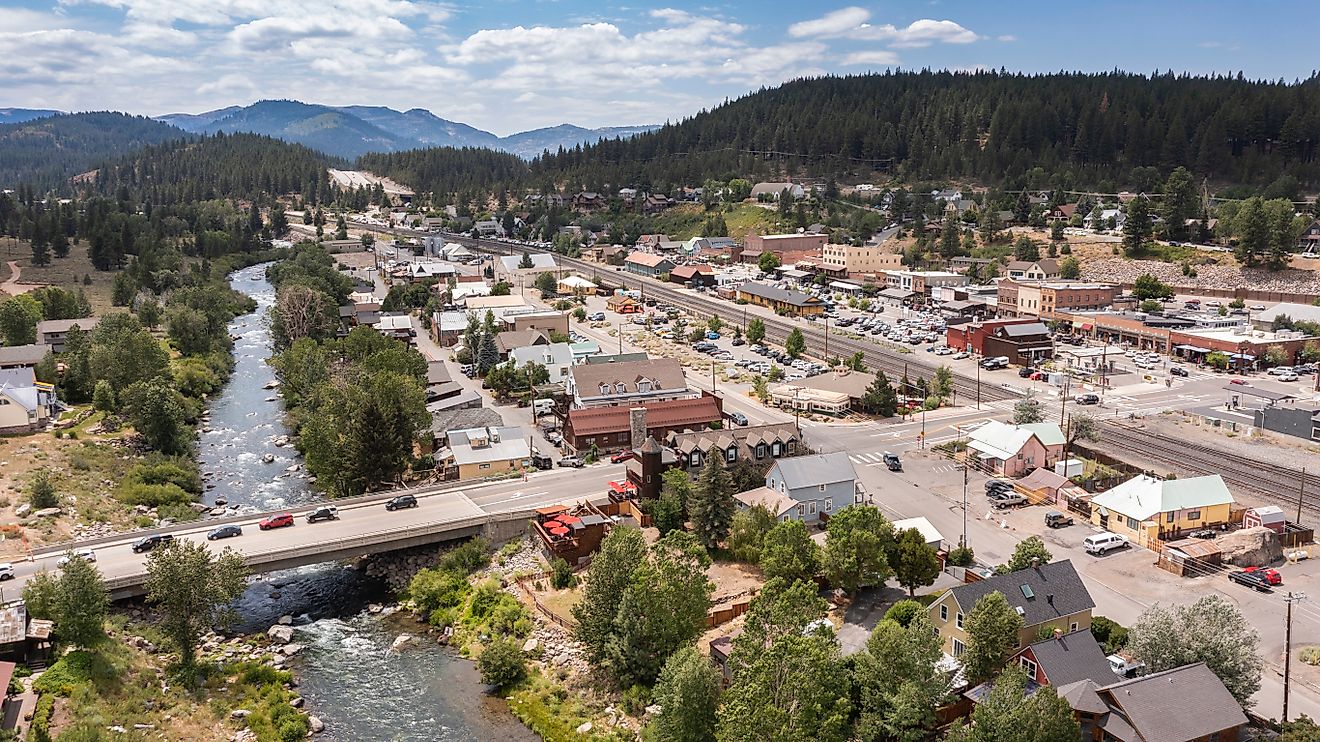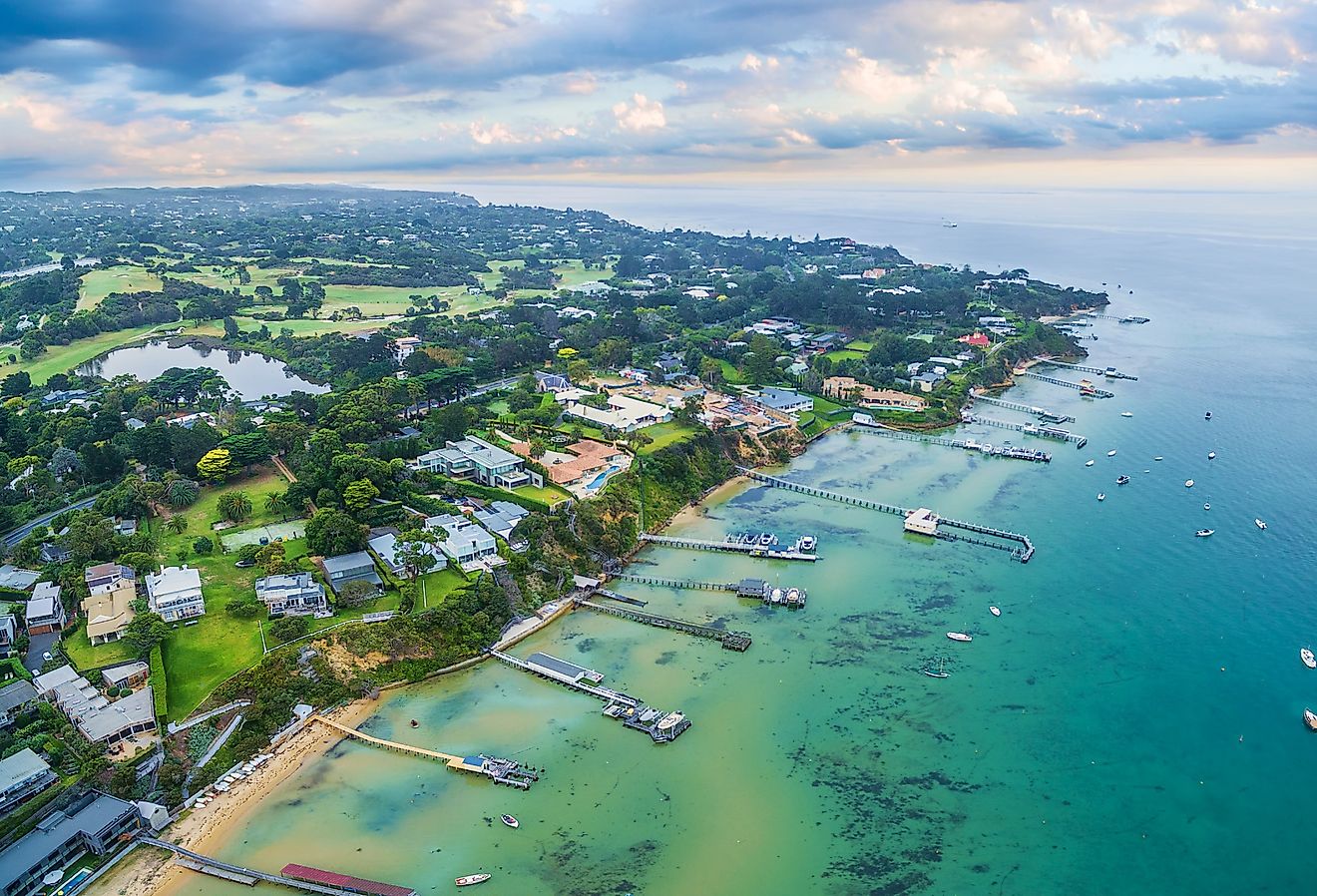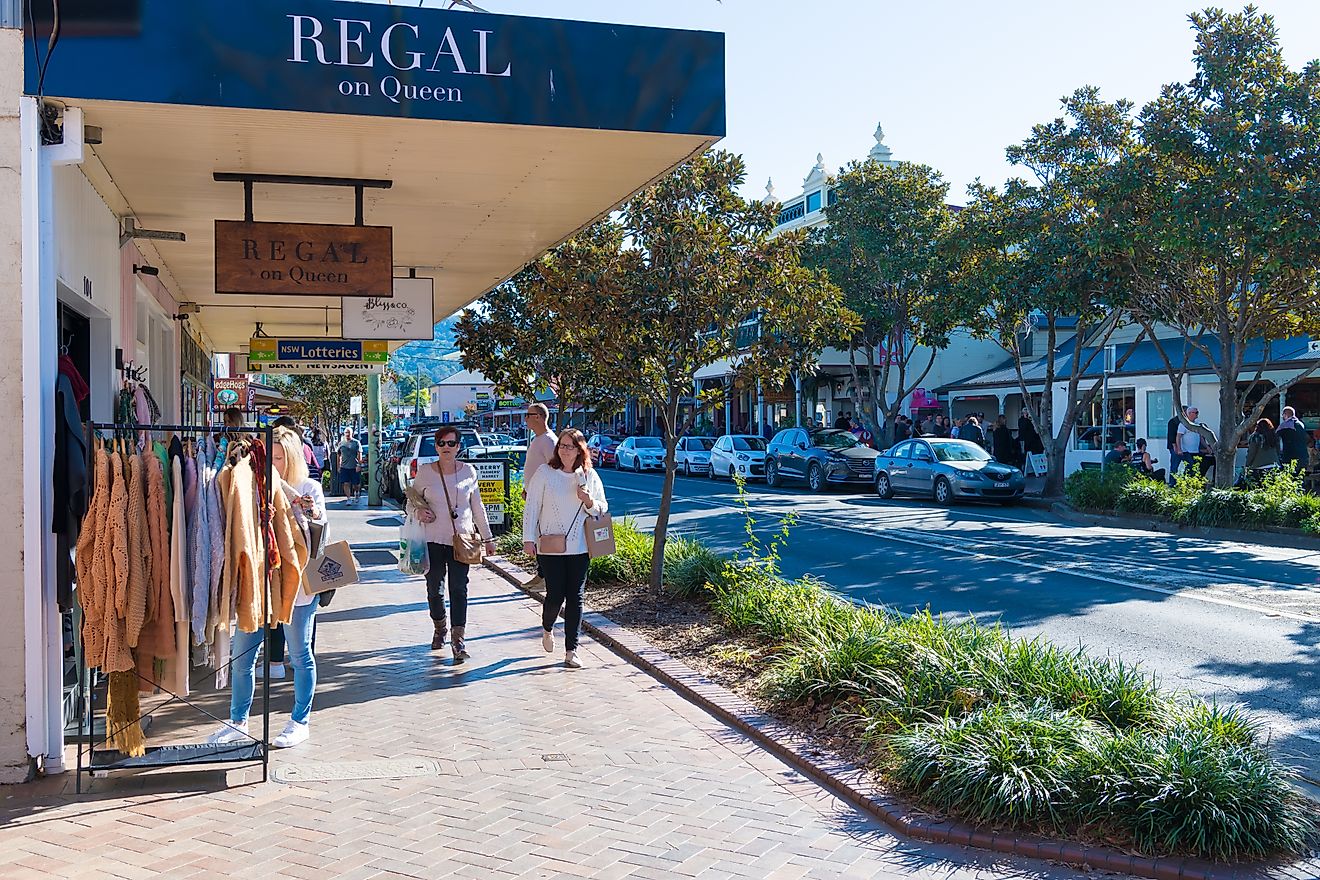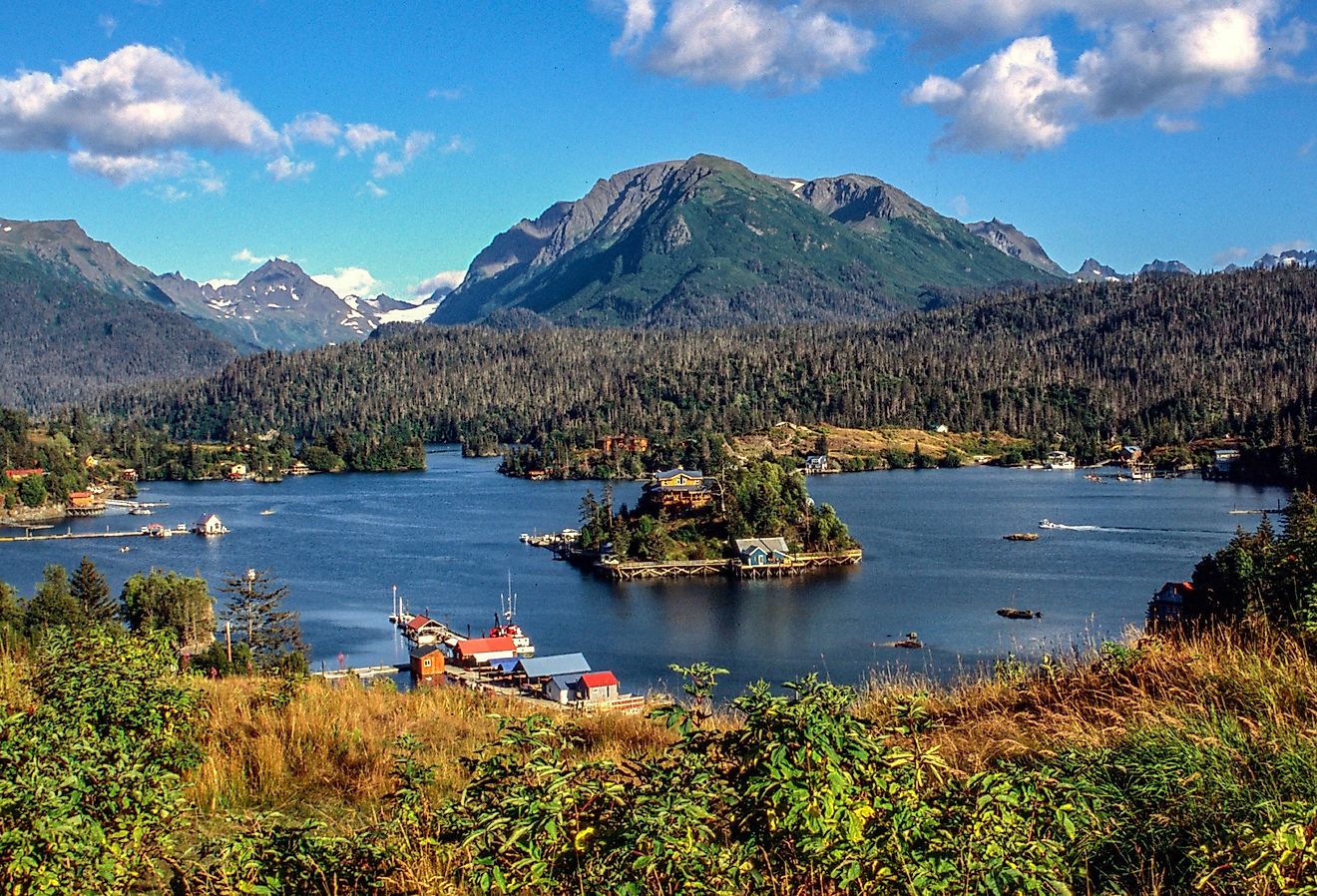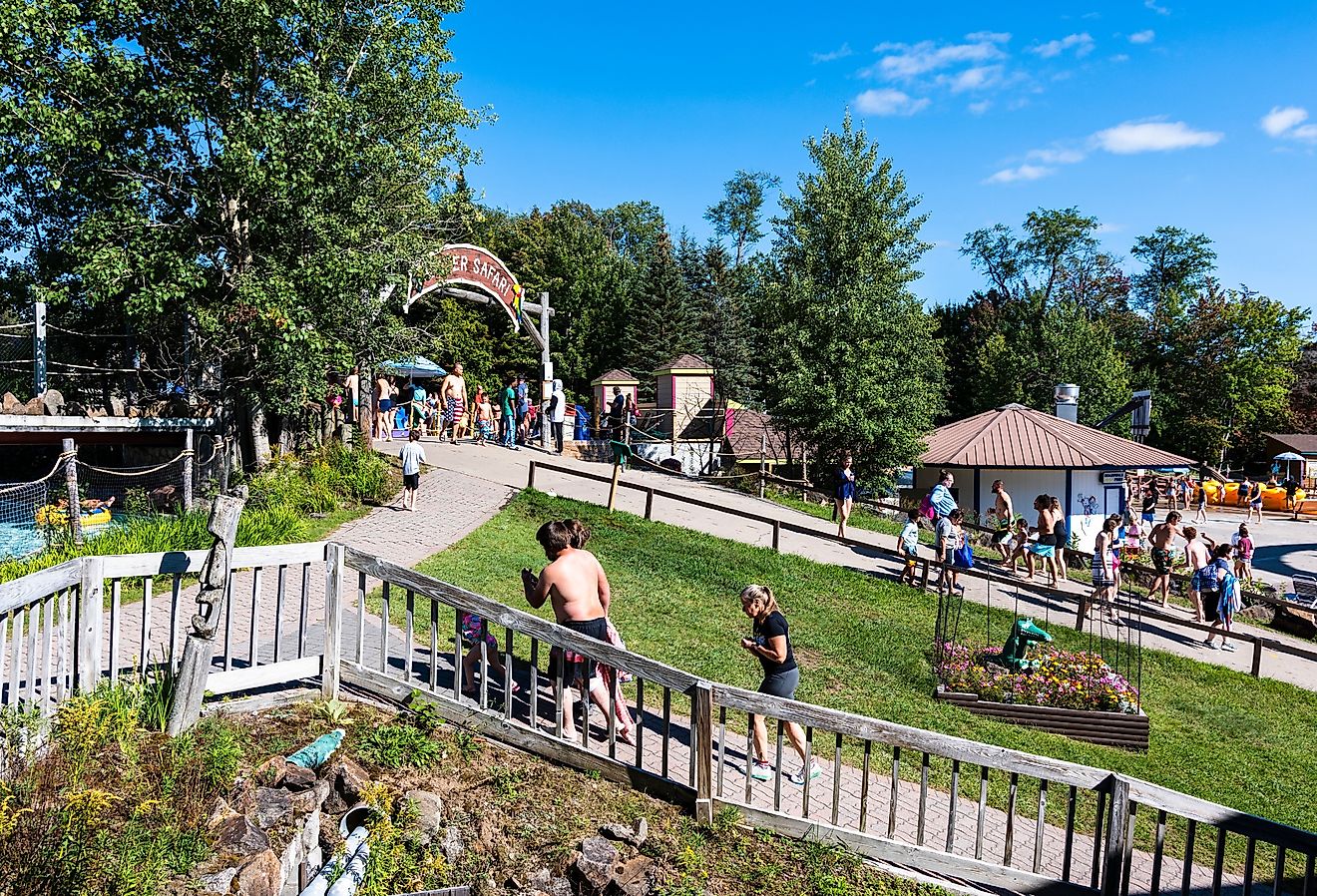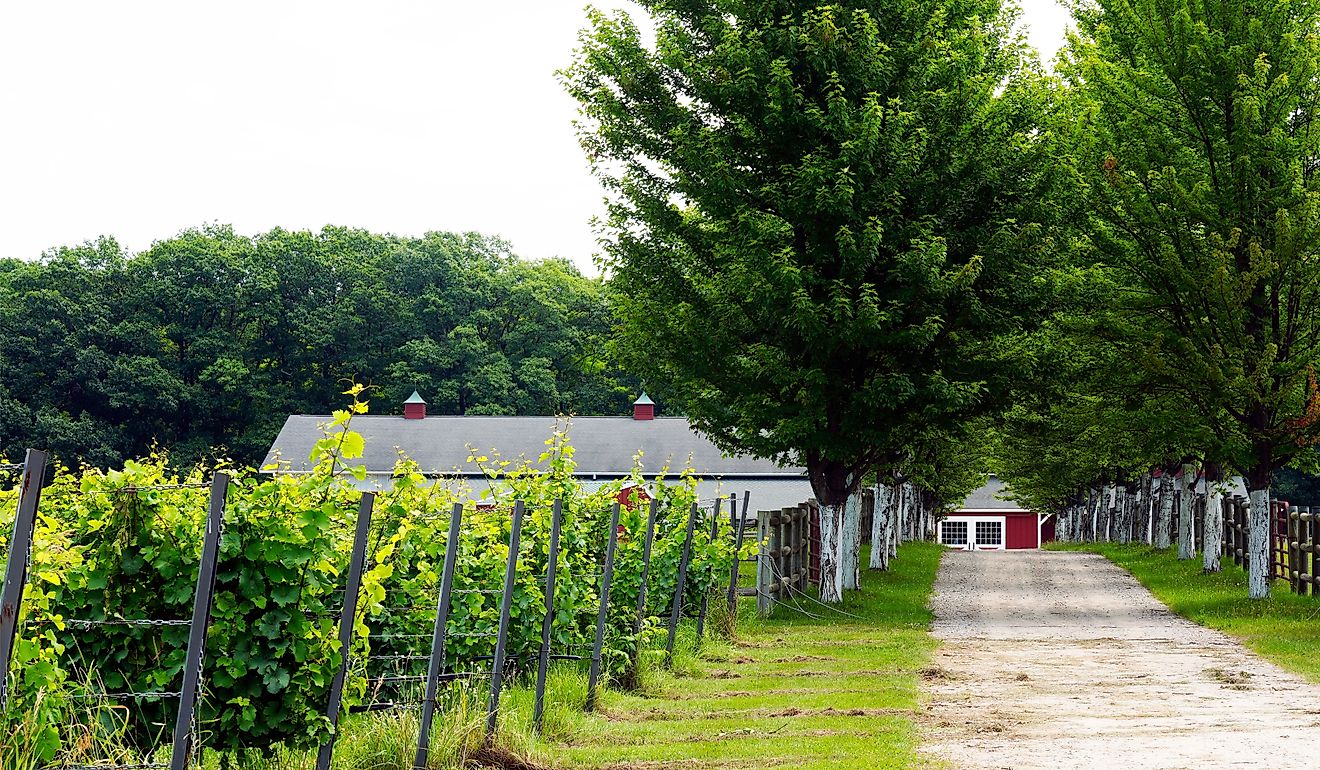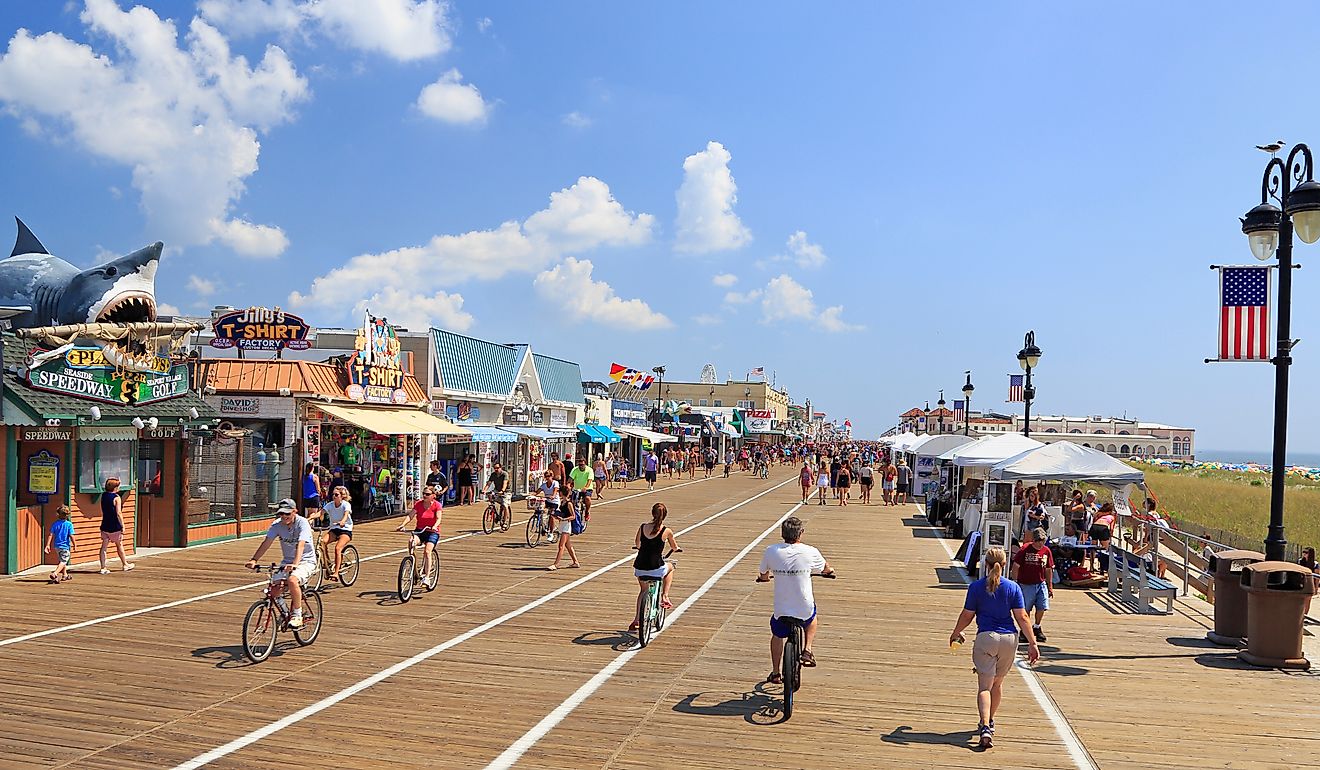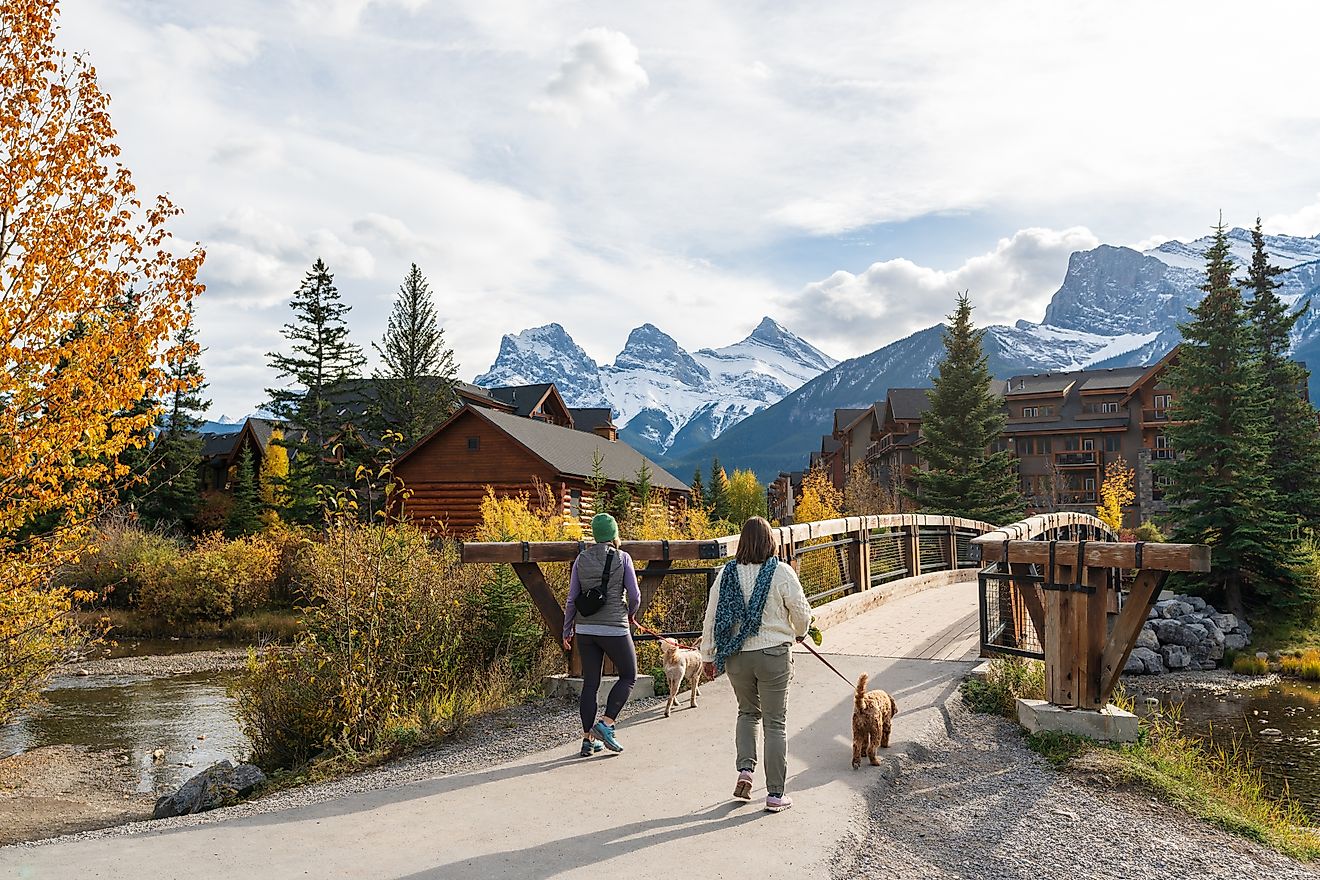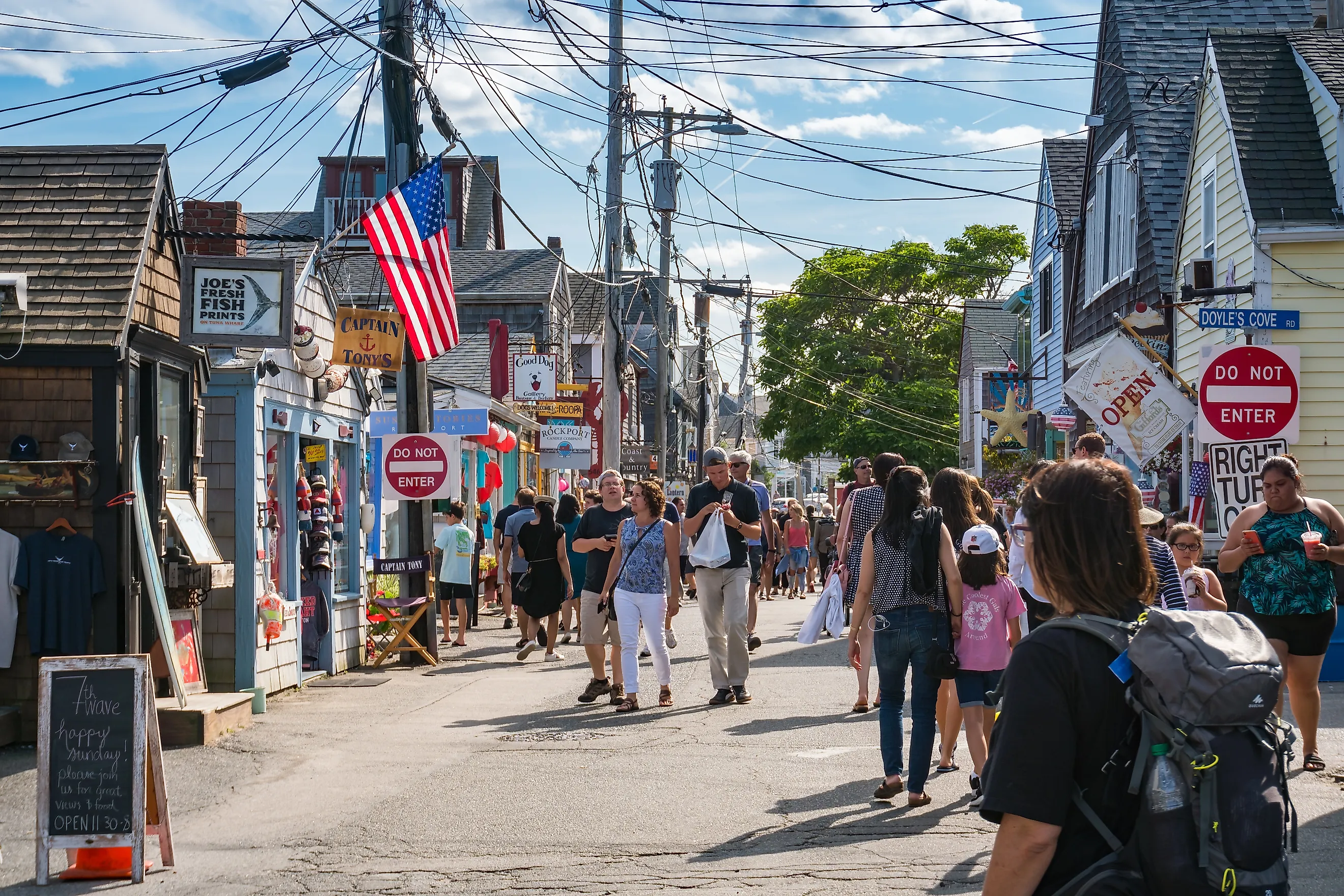
7 Gulf Coast Towns With A Slower Pace Of Life
Not every coastline hums; the Gulf often hushes. Step off the interstate and the soundtrack shifts to pelicans, rigging lines, and an ice machine somewhere behind a bait shop. The water here isn’t a backdrop, it’s a metronome.
This guide spotlights seven towns that prove it. Each one passes a simple test of pace: locals greet shopkeepers by name, golf carts roll where traffic could, and the harbor or bayou sets the rhythm for work and play. You’ll find working marinas beside small museums, corner cafés that double as community notice boards, and main streets designed for feet more than fenders. From barrier islands to bayside bluffs, these are the Gulf Coast’s quiet operators, still open, still original, and still unhurried.
Port Aransas, Texas
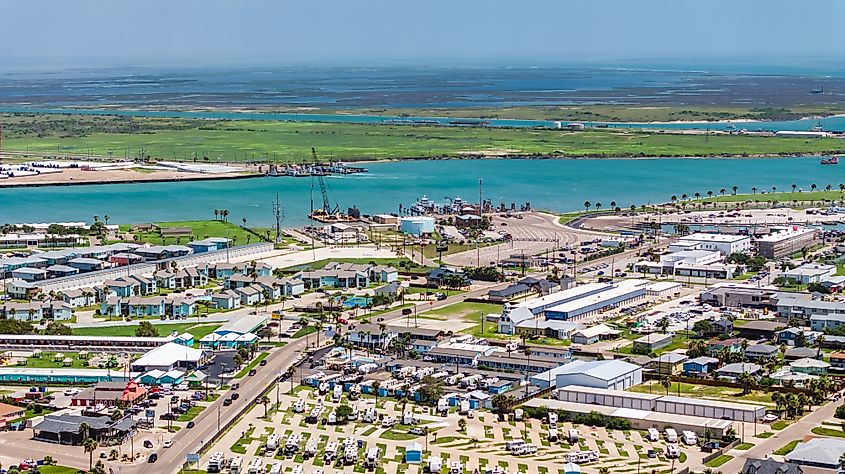
Port Aransas sits on Mustang Island, a thin stretch of sand where wild turtles nest in the dunes and golf carts outnumber sedans. It's one of the only towns in Texas where you can drive directly onto the beach, and its working harbor still sees shrimp boats pulling in at sunrise. What’s most distinct, though, is the town’s layered pace, equal parts commercial fishing port, birdwatching capital, and casual beach town. Port A, as it's known locally, doesn’t feel curated. It feels lived in. A colony of artists operates out of the Port Aransas Art Center, but so do generations of charter captains, who greet each other by first name outside the IGA.
At the edge of town, the Leonabelle Turnbull Birding Center provides boardwalk access through coastal wetlands thick with roseate spoonbills and the occasional alligator. The historic Tarpon Inn, built in 1886, still displays hundreds of signed tarpon scales from past anglers, including one from FDR. On the main drag, Beach Street, Coffee Waves roasts beans on-site and doubles as a gelato shop and local art gallery, making it a popular stop for both early risers and late drifters.
Rockport, Texas
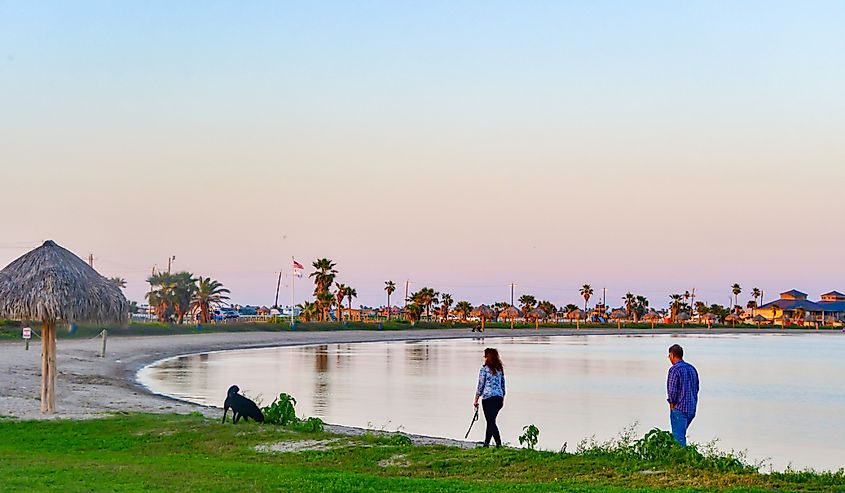
Rockport is defined by its relationship with water, less as a beach town and more as a bayside enclave shaped by tides, wind, and a history of storm survival. It sits along Aransas Bay, not the open Gulf, which means the shoreline curves quietly into marinas, oyster reefs, and shallow flats favored by wading birds. In 2017, Hurricane Harvey hit Rockport directly; instead of erasing the town, it exposed how embedded it is. Artisans rebuilt studios, fishing guides replaced hulls, and today, the pace remains deliberate. The Rockport Center for the Arts, now in a new complex near the harbor, anchors the town’s creative economy with rotating exhibits and sculpture gardens.
Austin Street is the town’s spine, lined with galleries, antique stores, and long-shuttered soda fountains now reopened as cafés. At Latitude 28°02’, a bistro across from the marina, the menu runs to crab cakes and peppered shrimp, served beneath local paintings. Rockport Beach, Texas’s first Blue Wave-certified beach, offers palapa-covered tables and calm, wadeable water just a short drive away. For early mornings or off-season visits, the Connie Hagar Cottage Sanctuary remains quiet, with unpaved trails and interpretive signs dedicated to the self-taught ornithologist who helped put Rockport on the map for birders.
Bay St. Louis, Mississippi
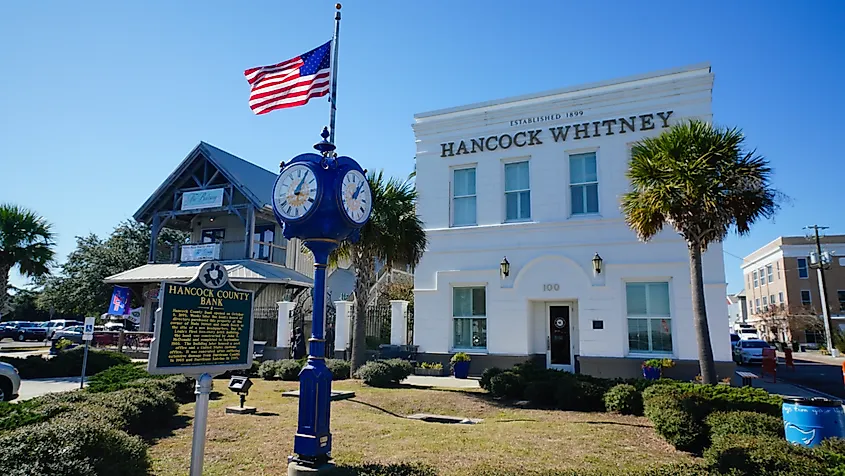
Bay St. Louis stands apart for its seamless blend of coastal and artistic identity. Located on the western edge of Mississippi’s shoreline, the town has long been a magnet for writers, folk artists, and retirees. What distinguishes it is its deep Catholic Creole history and the fact that it’s one of the only Mississippi towns where the main street ends at a seawall. Hurricane Katrina destroyed much of the waterfront in 2005, but instead of rebuilding fast, the town rebuilt with intention. Buildings downtown retain original bones, and zoning rules still allow front porches and pedestrian access to take priority.
The Mockingbird Café, set inside a 19th-century home just uphill from the beach, operates as a community anchor with live music and a small bookstore inside. Gallery 220 on Main Street, a co-op of over two dozen local artists, fills an old hardware store with ceramics, metalwork, and coastal folk paintings. Serious seafood comes from Trapani’s Eatery, a multigenerational family-run restaurant with views of the harbor and a second-floor oyster bar. The Angel Tree, a massive live oak scarred by Katrina debris, stands preserved near the train tracks, its twisted limbs carved with angels by a local woodworker who saw it as a symbol of survival.
Ocean Springs, Mississippi
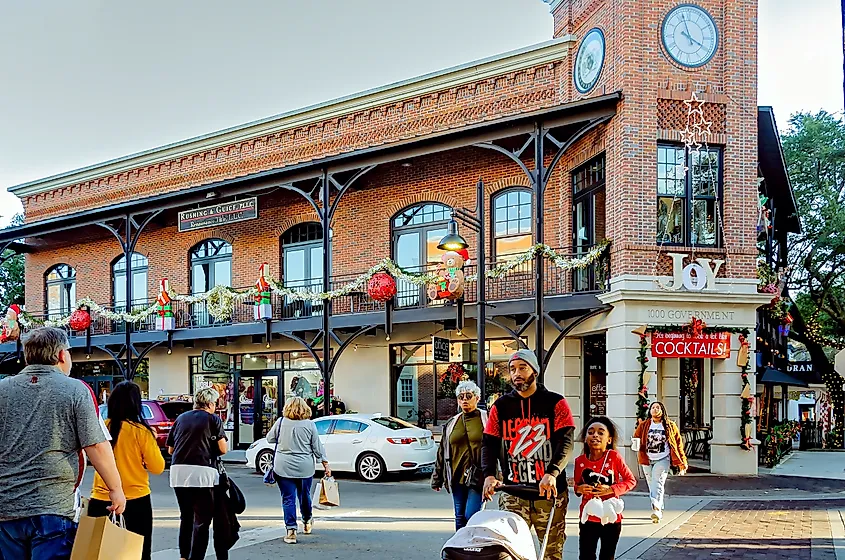
Ocean Springs has never been defined by casinos or resort development. Instead, it emerged as a Gulf Coast town with an inland rhythm, centered on live oaks, mid-century studios, and a history of self-reliance. Walter Anderson, the reclusive painter and naturalist, lived and worked here for decades. His hand-painted murals still cover the walls of the Ocean Springs Community Center, where they were rediscovered years after his death. That sense of restraint, the idea that nature, time, and solitude matter, has shaped the town’s pace more than tourism has.
Government Street remains the functional heart of Ocean Springs. Across town, the Walter Anderson Museum of Art holds the largest collection of the artist’s work, including block prints, journals, and watercolor sketches of Horn Island. Vestige, a small tasting-menu restaurant on Washington Avenue, combines Gulf seafood with Japanese fermentation techniques in a former storefront. Front Beach, while narrow, remains uncrowded and walkable, with benches spaced along the seawall and views of shrimp boats heading out before dawn. The result is a coastal town that functions on its own terms, without needing to call attention to itself.
Fairhope, Alabama
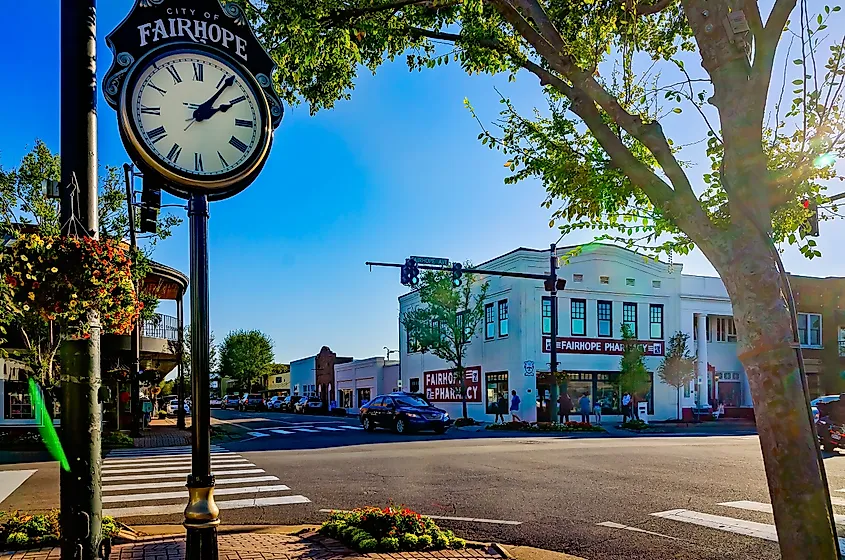
Fairhope was founded in 1894 as a utopian “single-tax colony,” and that origin still shapes its layout and atmosphere. Land ownership works differently here, held collectively by the Fairhope Single Tax Corporation, an unusual structure that prioritizes public green space, walkability, and civic cohesion. The bluff above Mobile Bay gives the town its topography, with live oaks shading winding streets and constant breezes rising from the water. There are no high-rises. The pier extends nearly a quarter mile into the bay, lined with benches and anglers who know each other by name.
Downtown centers on Fairhope Avenue, where Page & Palette bookstore serves as both a literary hub and coffee stop. Panini Pete’s, located in the French Quarter courtyard, draws steady foot traffic with muffulettas and lemon beignets. Nearby, the Eastern Shore Art Center offers rotating exhibitions, studio classes, and artist talks, reflecting the town’s long support of working artists. At the water’s edge, Knoll Park remains largely undeveloped, just pines and paths, offering a natural buffer between the neighborhoods and the bay. From there, sunsets are unobstructed. Fairhope does not market itself aggressively, nor does it shift to meet visitor demand.
Apalachicola, Florida
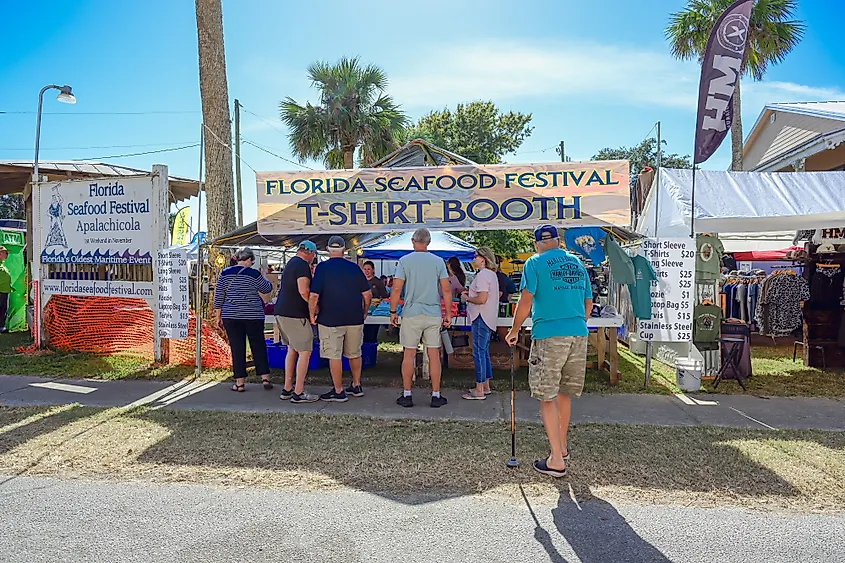
Apalachicola has never separated work from water. Once the third-largest cotton port on the Gulf, the town’s economic and architectural DNA still reflects a river-first culture. The Apalachicola River, not the ocean, drives the town’s orientation, resulting in a grid of wide streets, warehouse-style storefronts, and a slow flow of life that tracks more with inland tides than beachfront energy. Oyster houses, long central to the town’s identity, have thinned in recent years, but the working waterfront remains intact. Shrimp boats still tie up behind Scipio Creek Marina, and seafood is sold directly off the docks.
Downtown, on Market Street, the Owl Café operates inside a former hotel, serving blackened grouper over grits and house-brewed beers from the attached taproom. Nearby, Downtown Books & Purl stocks local titles, nautical charts, and hand-dyed yarns, reflecting the town’s literary and craft sensibilities. Lafayette Park, just off Avenue B, fronts the bay with a raised boardwalk and a gazebo favored by pelicans and wedding photographers alike.
Cedar Key, Florida
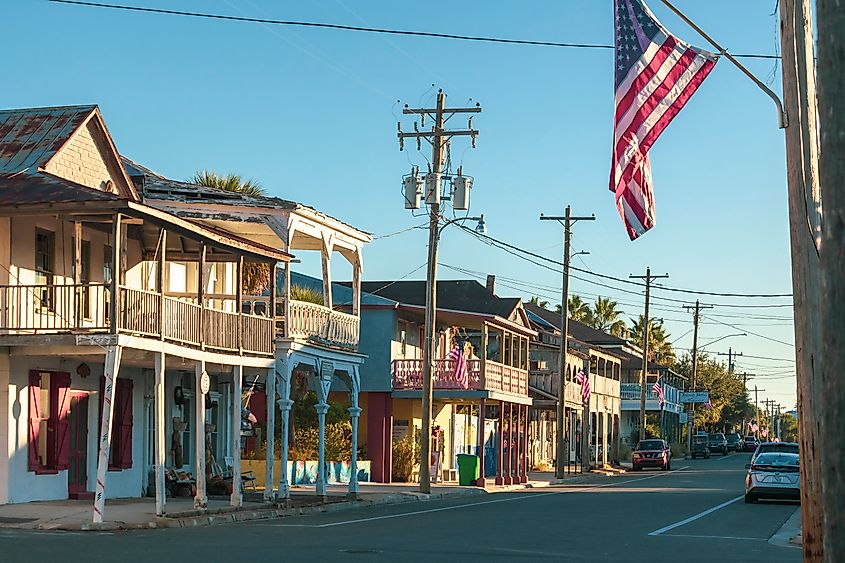
Cedar Key sits at the end of State Road 24, not on the way to anything. That isolation, on a cluster of islands where clams outnumber residents, shapes its rhythm. The town leads the country in farm-raised clam production, a shift that began in the 1990s after the commercial net ban. The result is a working waterfront built around aquaculture rather than tourism. At low tide, rows of oyster and clam bags rise from the Gulf shallows, tended by skiffs that leave early and return quietly. The island’s layout hasn’t changed much since the 1800s, when it was a lumber port connected by rail.
Second Street, the main commercial strip, holds a small cluster of businesses inside former boarding houses and general stores. The Cedar Key Historical Society Museum, split between two preserved buildings, covers everything from prehistoric shell mounds to the pencil industry that once harvested red cedar here. Annie’s Café, open early on the edge of town, serves grits and eggs to fishermen and retirees at mismatched tables beneath a tin roof. Farther out, Cemetery Point Park offers a raised walking path through salt marsh and mangroves. Dock Street, at sunset, draws the last light across stilted seafood restaurants and pelicans roosting on fish house pylons.
Across these seven towns, time keeps to local measurements: tide height, bird migration, the fryer’s first batch. Harbors and main streets still share the same ledger, where clams, canvases, and coffee pay the bills. The calm isn’t curated; it’s operational. Gulf weather writes the agenda, neighbors fill the minutes. Whether on barrier sand or bayfront bluff, each place proves a slower pace can sustain commerce, culture, and life without spectacle.

